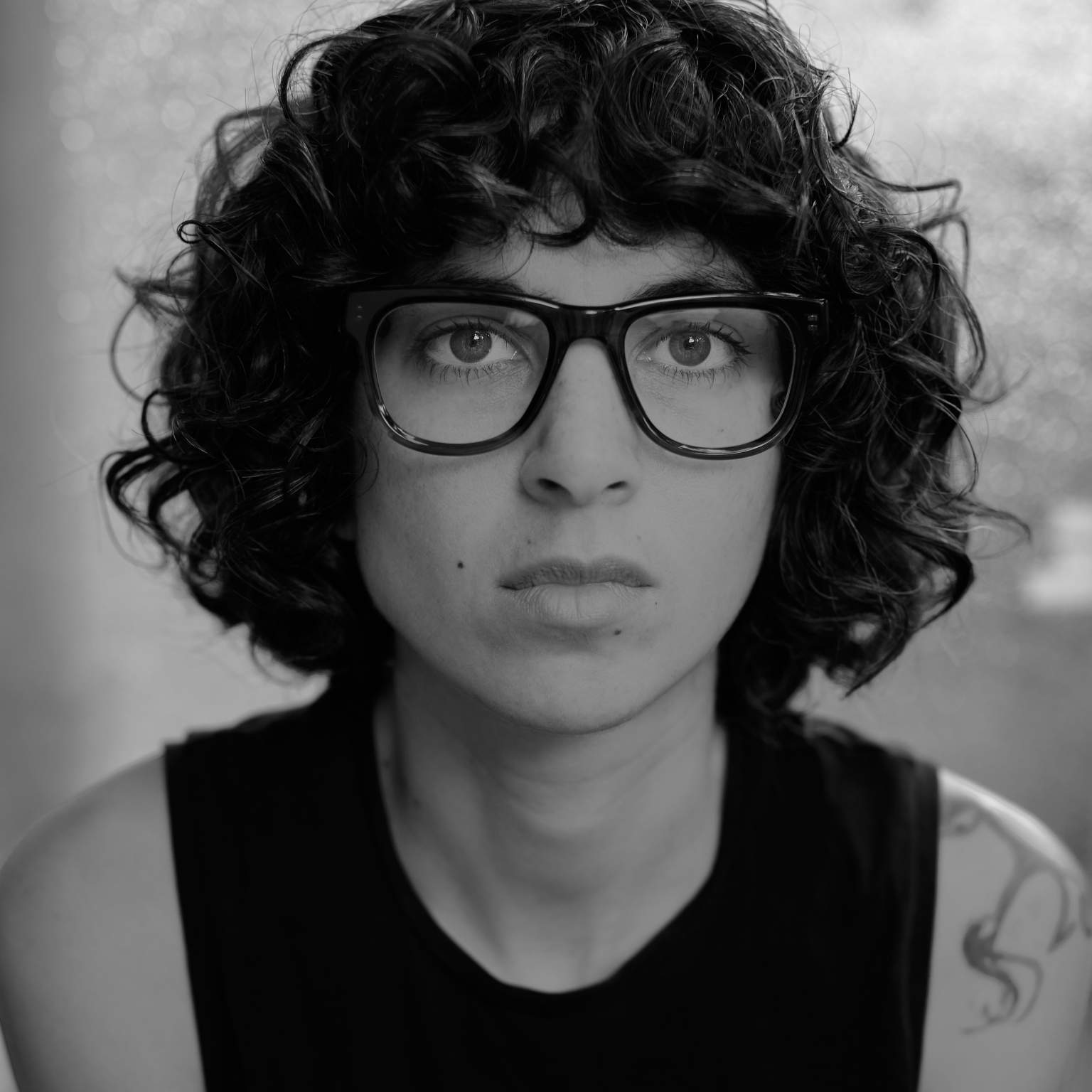I write from the middle—the in-between space of the asterisks where hope-meets-action. Here in dialouge with the 4TU Design United’s DDW25 showcase, I find myself reflecting on what is conjured by ‘crisis’: ecological crisis, housing crisis, crisis of the imagination or the polycrisis not as an abstract theme to be designed out of, but as a lived condition. Hope in this context may be a necessary embodied practice for acting-with-hope, in the face of what José Muñoz has called, an often heartbreaking reality.
It would not be unheard of if as a designer in todays climate, you might find yourself a little entangled in the systems you purport to design for—from community organizing to changing policy or the algorithmic systems shaping everyday life. In the landscape visible across DDW25, a crucial question arises for me: we speak of embodiment and relations in design practices, but where are the designer's bodies in all of this? Somewhere in this question there is a call to reconsider positionality and lived experiences in relation to the systems being intervened in. To approach design as a relational endevor from within the system that is being transformed.
The call for embodied and situated design practices is felt in the work showcased at DDW25. In particular, the projects at 4TUs signal to shifting tides toward intentional engagement with a a designerly politics of possibility that ask, under whose terms, and who decides? Complexity Companion prioritises relational entanglement over the reduction of complexity. The Behavioural Mirror shows how measurement manufactures abstractions determining what and is made visible and invisible in algorithmic processes. In Embodied Ecologies, shoemakers' compromised nervous systems index costs of unsustainable supply chains—highlighting lived experiences and direct engagement with harm reduction strategies across complex systems. Shared Ground reminds us that hope grows through collective action within systems understood relationally.
Antonio Gramsci wrote: "The old world is dying, and the new world struggles to be born: now is the time of monsters." Following Paul Preciado, I ask: whose monsters and from where do they speak? Now, feels like a good time for designers to humbly turn towards their own transformations and to work with and from the monstrous imaginaries. Troubling the present moment through unanticipated architectures from which alternative futures might emerge or take root, from within the cracks. To embody a politics of possibility that embraces wayward paths, full of both hope and action.
